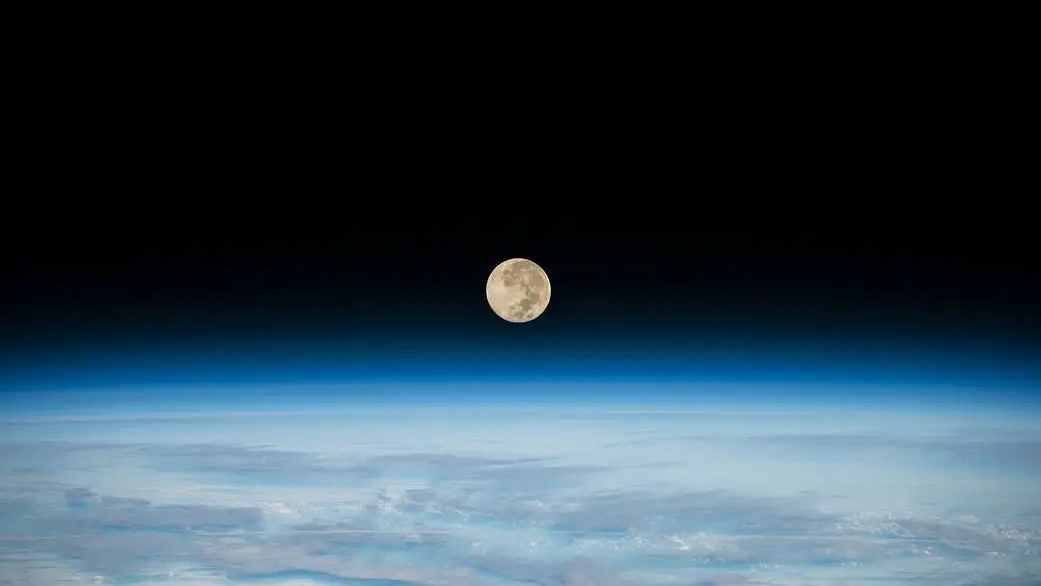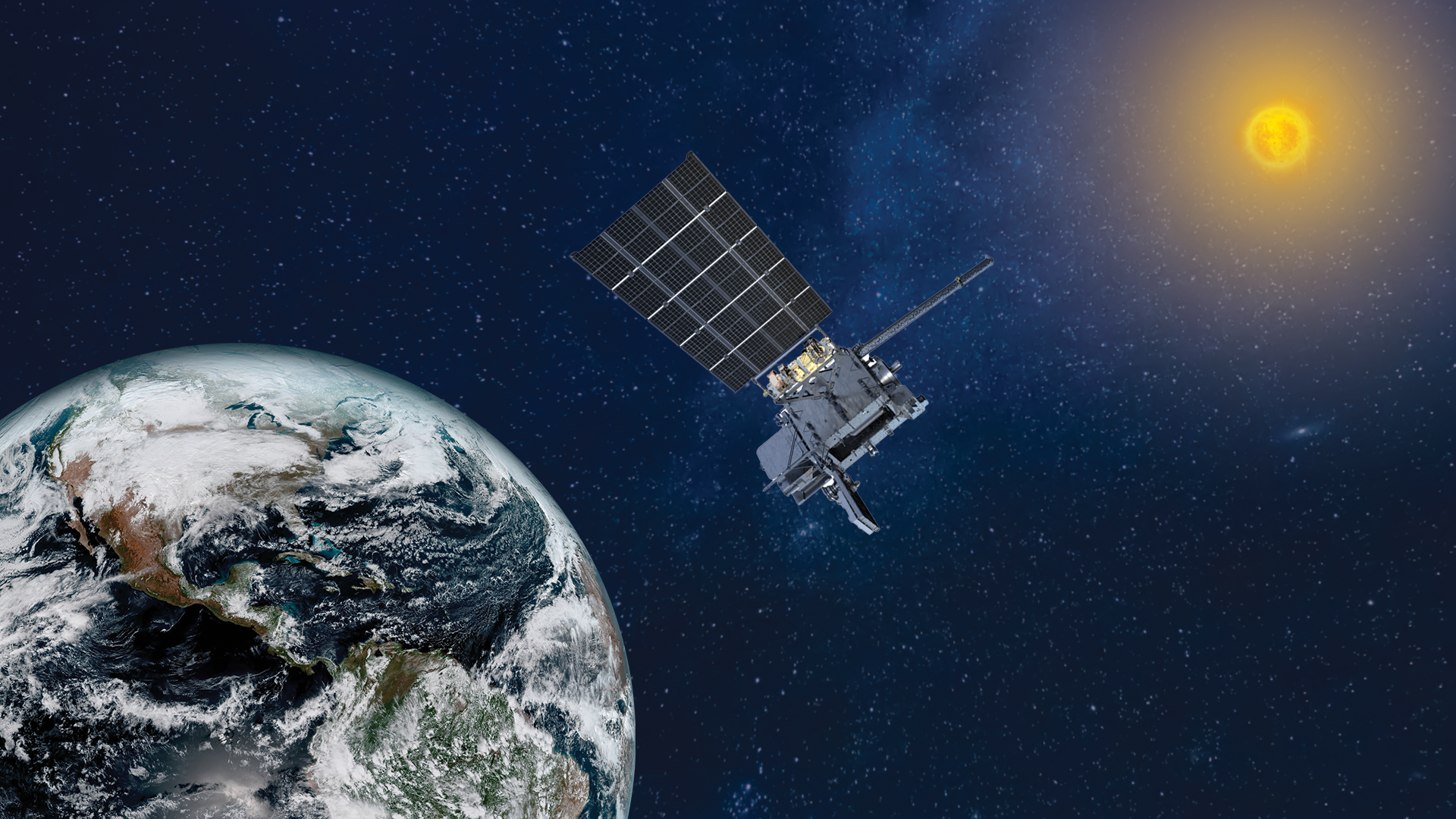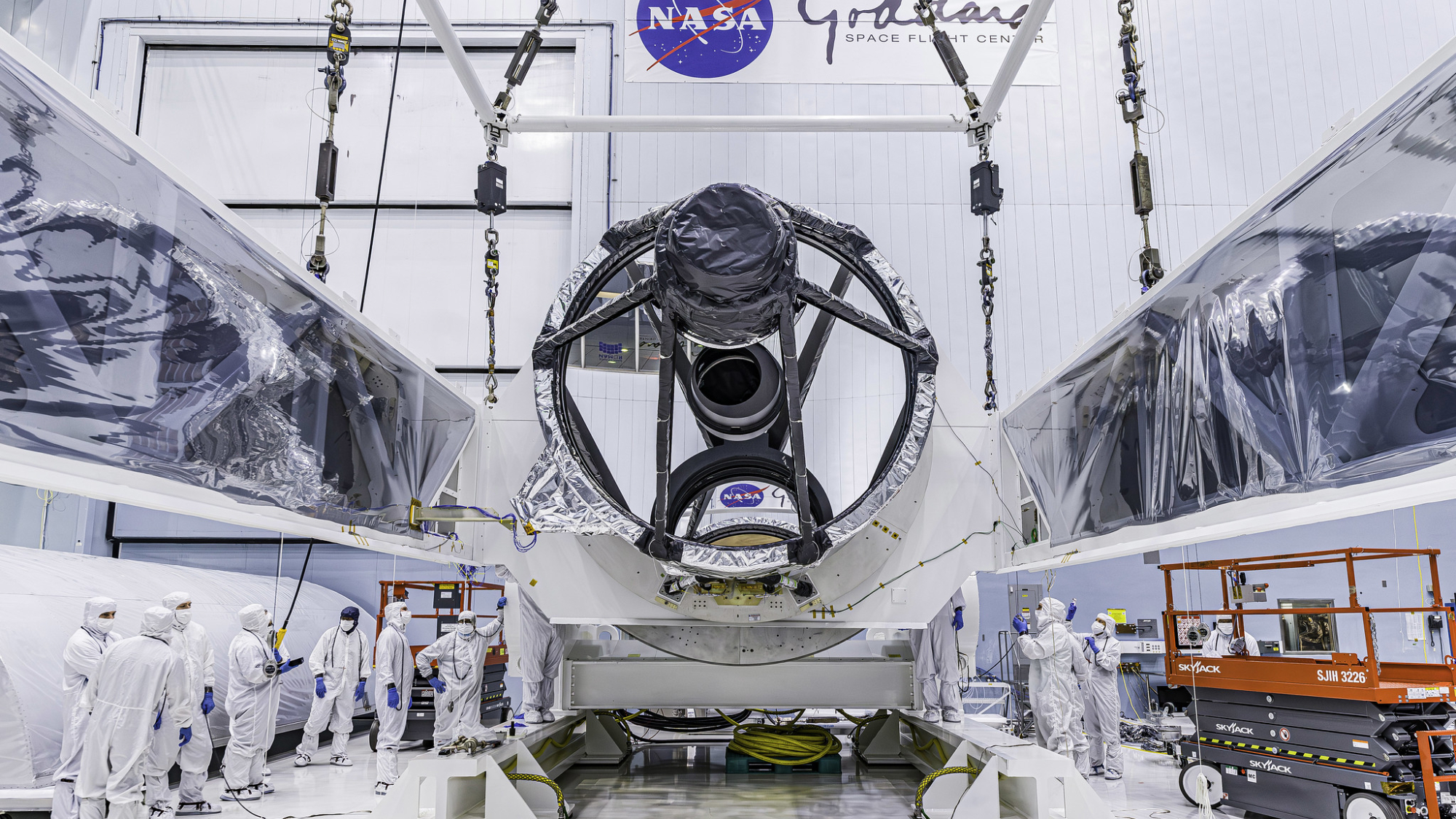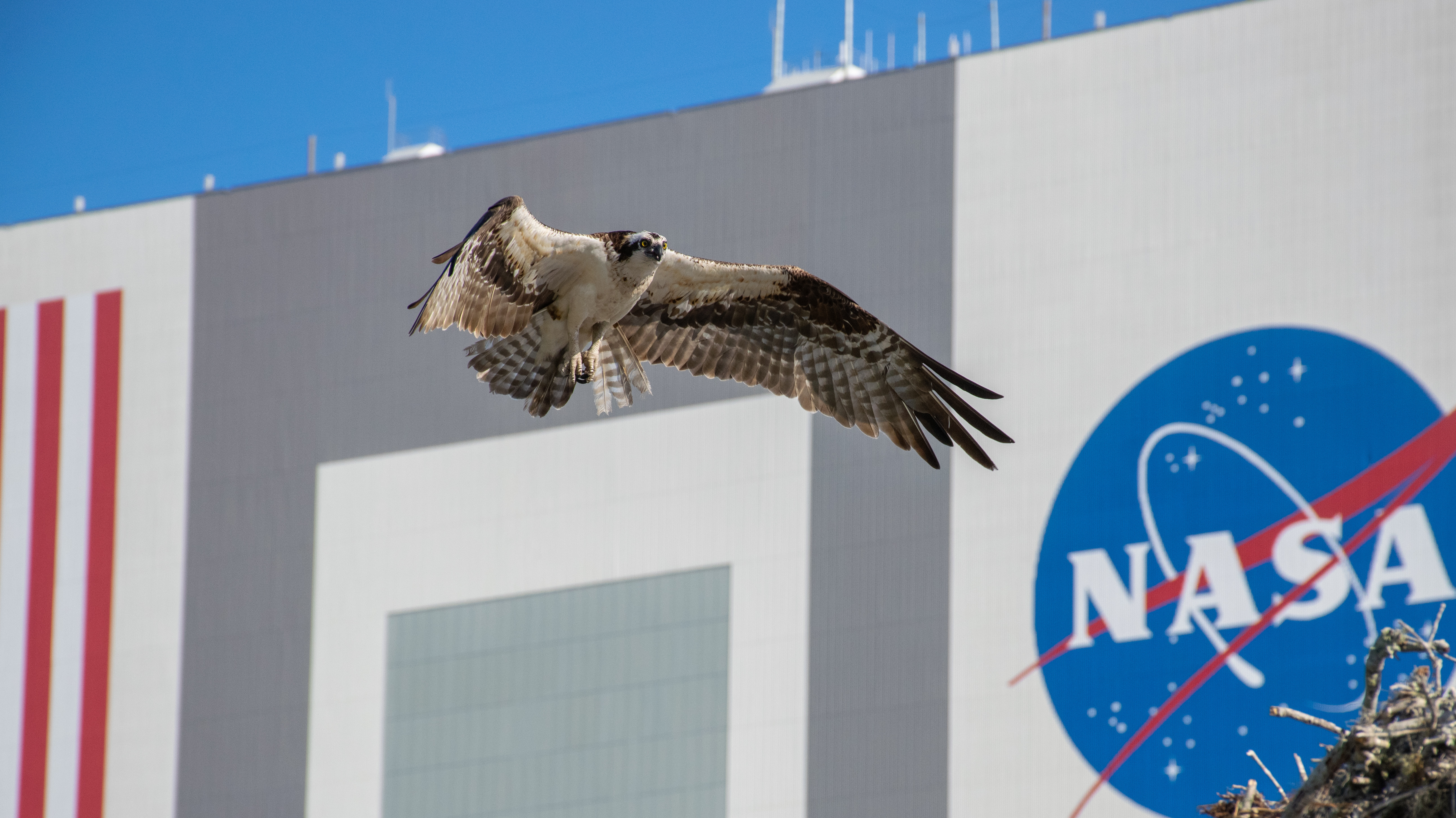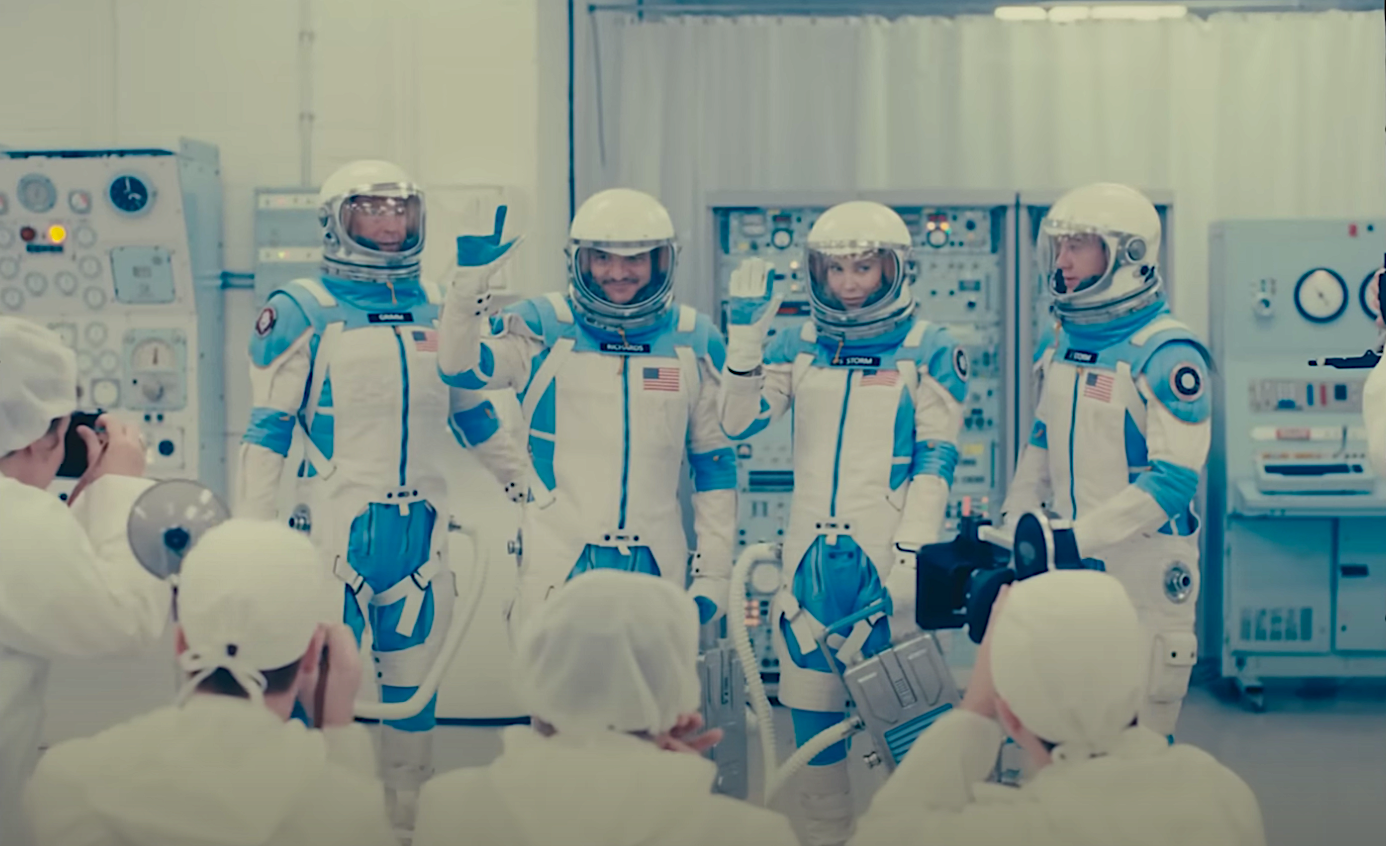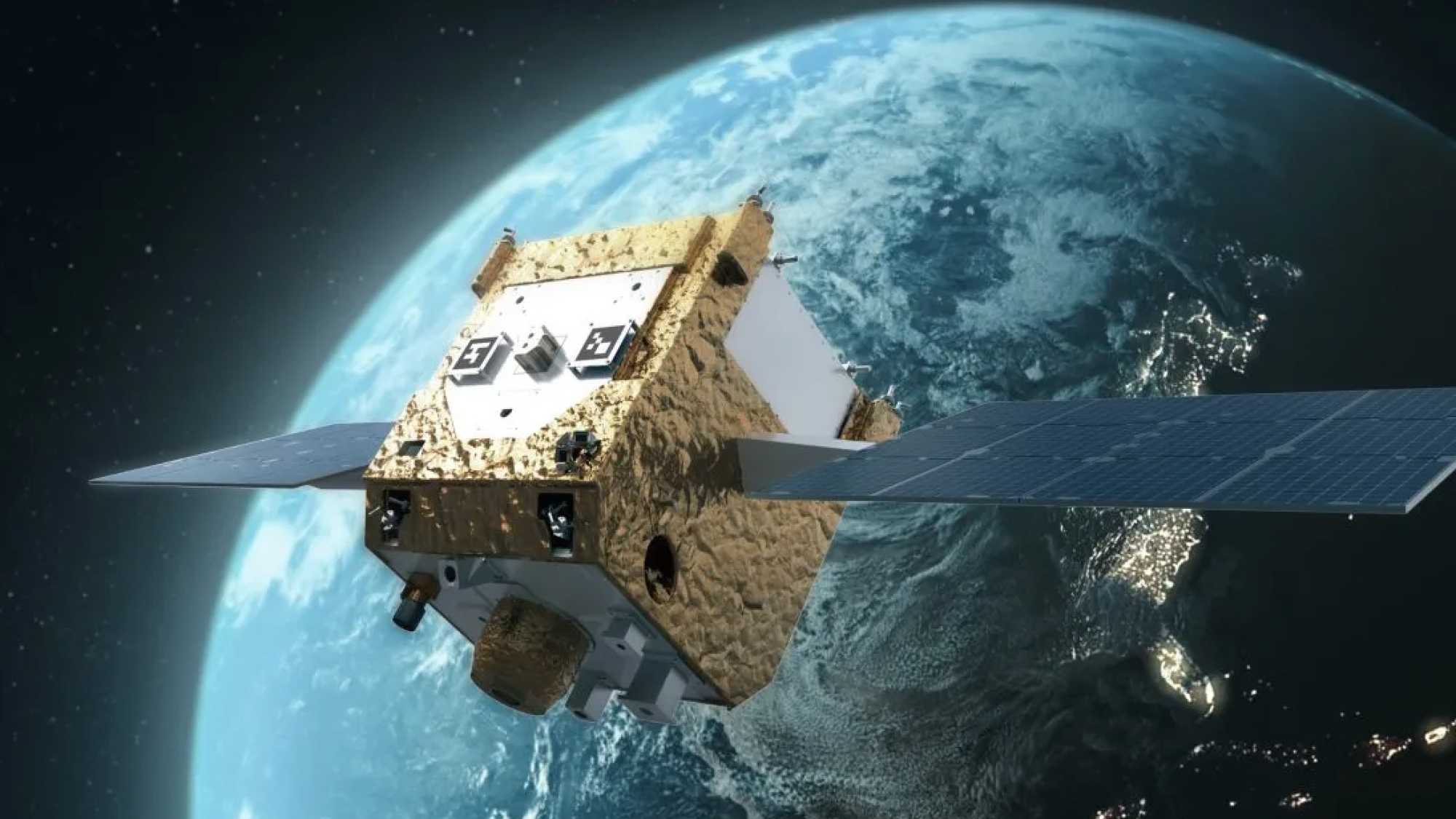3D-printed 'hydrogels' could be future space radiation shields for astronaut trips to Mars
Those tiny colorful dinosaur toys that grow bigger underwater might hold the key to protecting astronauts as they journey through space.
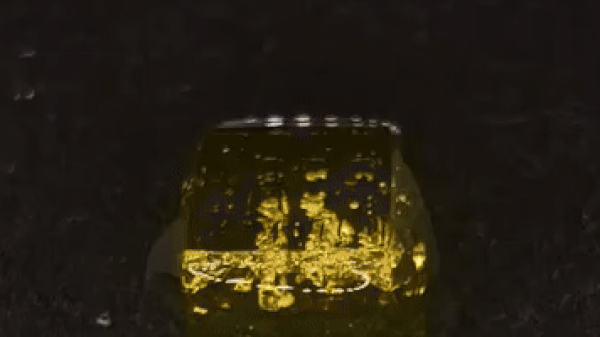
Spend a single day outside our planet's protective atmosphere and magnetic field, and you could be exposed to radiation levels equivalent to what you'd experience across a whole year back on Earth.
It's a risk astronauts face, and especially so during long trips. As such, finding methods to combat radiation exposure in space has long been on the minds of researchers working on technology for space travel.
New research suggests a novel solution: a material called "hydrogel" — the same technology used for the 'grow monster' toys — could shield space travelers from harmful radiation.
A research team from the Polymer Chemistry and Biomaterials Group at Ghent University in Belgium have been testing this type of superabsorbent polymer as an alternative radiation shield.
"The superabsorbent polymer that we are using can be processed using multiple different techniques, which is a rare and advantageous quality amongst polymers," Manon Minsart, a postdoctoral assistant at Ghent Universaid, said in a statement. "Our method of choice is 3D printing, which allows us to create a hydrogel in almost any shape we want."
Hydrogels of course are already used in a range of consumer products. "The beauty of this project is that we are working with a well-known technology," Ghent researcher Lenny Van Daele said, in the same statement. "Hydrogels are found in many things we use every day, from contact lenses to diapers and sanitary products."
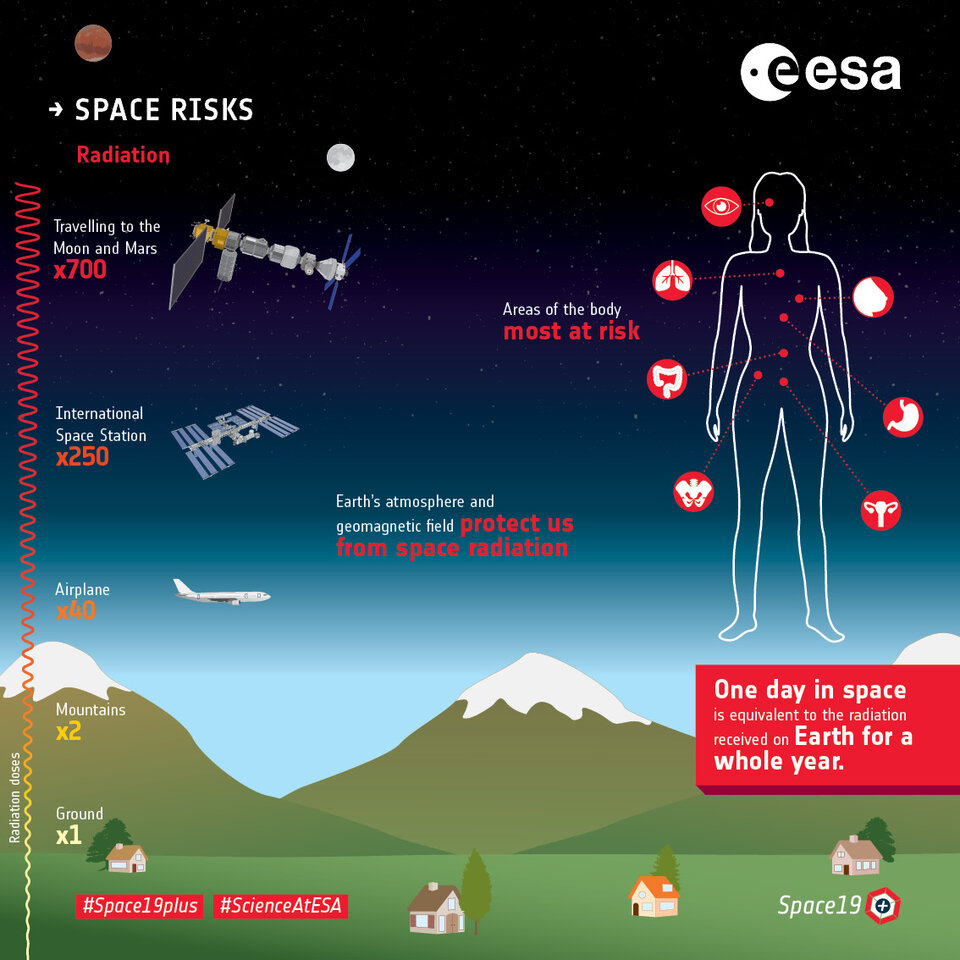
Daele says the research group drew on their previous experience with medical hydrogel applications, like using them for "soft implantable material to repair damaged tissues and organs."
Get the Space.com Newsletter
Breaking space news, the latest updates on rocket launches, skywatching events and more!
While water can create a good shield for radiation, according to the researchers, SAPs could be even safer and more effective. Rather than using free-flowing water as radiation protection, hydrogel soaks up the water, creating equal distribution and protection — and if the protective layer is punctured, the water won't leak out, which is important when working around sensitive electronics.
In addition to protecting astronauts, the European Space Agency (ESA) foresees further uses for hydrogel in space. "The material could also potentially be applied to uncrewed missions — in radiation shields for spacecraft, or as water reservoirs once we have optimised the method of retrieving water from the hydrogel," added Malgorzata Holynska of ESA's Materials, Environments and Contamination Control Section, in the statement.
This new study builds on previous work where hydrogel was tested to make sure that it was safe to use in space conditions. "There is a constant search for lightweight radiation protection materials," project lead Peter Dubruel said, in the statement. "We are applying different techniques to shape the material into a 3D structure and scale up the production process, so that we can come a step closer to industrialisation."
Join our Space Forums to keep talking space on the latest missions, night sky and more! And if you have a news tip, correction or comment, let us know at: community@space.com.
Julian Dossett is a freelance writer living in Santa Fe, New Mexico. He primarily covers the rocket industry and space exploration and, in addition to science writing, contributes travel stories to New Mexico Magazine. In 2022 and 2024, his travel writing earned IRMA Awards. Previously, he worked as a staff writer at CNET. He graduated from Texas State University in San Marcos in 2011 with a B.A. in philosophy. He owns a large collection of sci-fi pulp magazines from the 1960s.
-
Mixellmaster Reply
I wonder about the weight. These seem like a good idea for protection but when soaked with water will add considerable weight. Essentially wearing a full body soaked diaper.Admin said:Technology we already use everyday might be the future of space radiation shielding.
3D-printed 'hydrogels' could be future space radiation shields for astronaut trips to Mars : Read more -
Classical Motion Diaper water on the inside weighs the same as water one the outside.Reply
What we really need is a gel that we can pee in, then squeeze and have fresh water come out. -
billslugg Shielding of very high energy massive ions requires many tiny collisions to remove the energy. We don't want dangerous secondary radiation. Hydrogen is the best but is difficult to work with, water works very well. The problem with water is leakage. Hydrogel is just as good as water since it has lots of low Z atoms also, plus it won't leak.Reply -
Classical Motion We use water to absorb nuc particle velocity and transfer that energy for electrical production. Works great. And can respond to load quickly.Reply
I would think shielding in space would be a problem because of the temp range. And mass.
And I would guess that gel is also temp sensitive.
Some of these new metal foams can hold more H than our pressurized vessels can. A metal foam might turn out to be a very good fuel tank, or a fuel tanker. Or fuel station.
And the H could be used as a deceleration fuel at destination.

